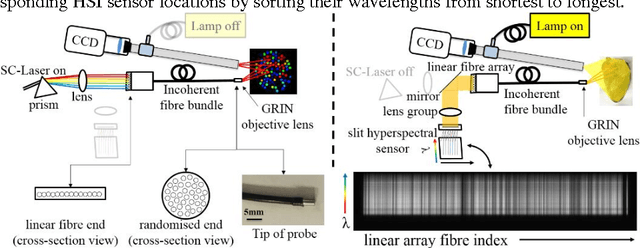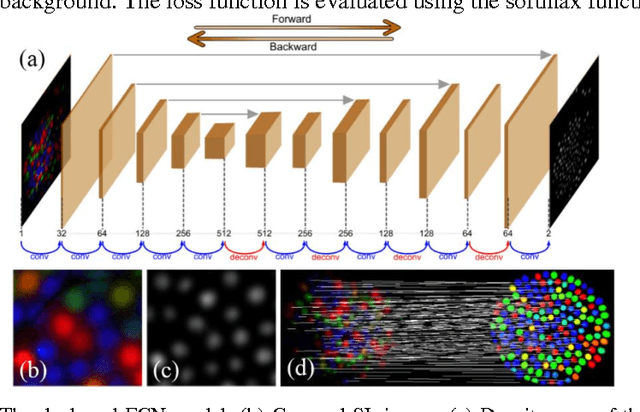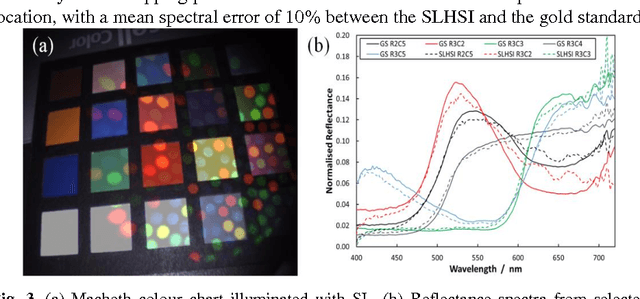Xueqing Sun
A Machine Learning Framework to Deconstruct the Primary Drivers for Electricity Market Price Events
Sep 12, 2023Abstract:Power grids are moving towards 100% renewable energy source bulk power grids, and the overall dynamics of power system operations and electricity markets are changing. The electricity markets are not only dispatching resources economically but also taking into account various controllable actions like renewable curtailment, transmission congestion mitigation, and energy storage optimization to ensure grid reliability. As a result, price formations in electricity markets have become quite complex. Traditional root cause analysis and statistical approaches are rendered inapplicable to analyze and infer the main drivers behind price formation in the modern grid and markets with variable renewable energy (VRE). In this paper, we propose a machine learning-based analysis framework to deconstruct the primary drivers for price spike events in modern electricity markets with high renewable energy. The outcomes can be utilized for various critical aspects of market design, renewable dispatch and curtailment, operations, and cyber-security applications. The framework can be applied to any ISO or market data; however, in this paper, it is applied to open-source publicly available datasets from California Independent System Operator (CAISO) and ISO New England (ISO-NE).
Probe-based Rapid Hybrid Hyperspectral and Tissue Surface Imaging Aided by Fully Convolutional Networks
Jun 15, 2016



Abstract:Tissue surface shape and reflectance spectra provide rich intra-operative information useful in surgical guidance. We propose a hybrid system which displays an endoscopic image with a fast joint inspection of tissue surface shape using structured light (SL) and hyperspectral imaging (HSI). For SL a miniature fibre probe is used to project a coloured spot pattern onto the tissue surface. In HSI mode standard endoscopic illumination is used, with the fibre probe collecting reflected light and encoding the spatial information into a linear format that can be imaged onto the slit of a spectrograph. Correspondence between the arrangement of fibres at the distal and proximal ends of the bundle was found using spectral encoding. Then during pattern decoding, a fully convolutional network (FCN) was used for spot detection, followed by a matching propagation algorithm for spot identification. This method enabled fast reconstruction (12 frames per second) using a GPU. The hyperspectral image was combined with the white light image and the reconstructed surface, showing the spectral information of different areas. Validation of this system using phantom and ex vivo experiments has been demonstrated.
 Add to Chrome
Add to Chrome Add to Firefox
Add to Firefox Add to Edge
Add to Edge